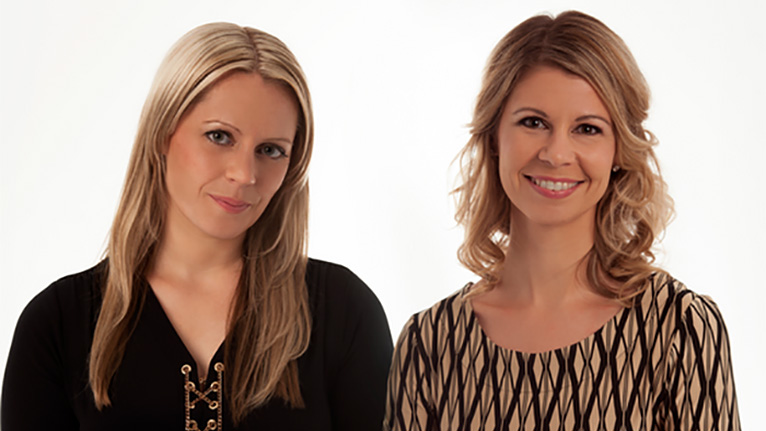Six Steps To School Program Success: Step 2 Teacher Resources

Six Steps To School Program Success: Step 2 Teacher Resources
Welcome to step 2 of the KE 6 Step Process to school program success. In the first step we talked about how to conducted teacher market research, to find out what exactly teachers are looking for in a resource in your subject area. The next step is to develop resources that teachers will love so much, they will use them in their classroom time and time again.
There is a reason we recommend creating a great teacher resource before developing student resources, that is because it is the teacher that will decide whether or not to use the resource in the classroom.
Different types of teacher resources
The most common resource teachers look for are lesson plans and units of work. Teachers need to create programs for the different Key Learning Areas (subjects) that they are responsible for teaching in the classroom. The units set the agenda for the lessons and detail how the curriculum and key learning outcomes will be best delivered.
There are many other ways to impart your message to teachers, such as professional development sessions, workshops and the use of latest technology through apps and interactive web applications.
How to develop a great teacher resource
Every class of students, in every schools across Australia have different needs, resources, and abilities. Therefore, teachers need to tailor the way they teach to suit the needs of their students. You should have this forefront of mind when creating classroom resources.
The best way to ensure you are supporting the varying needs of the Australian classroom is to ensure any activity includes educationally sound differentiation or extension activities, and provide the resource in a format that teachers can adapt, modify and update to suit their students.
Make it easy
Teachers have limited time so they need to know when they read your lesson plan that they can easily implement it in the classroom. Typically, a single lesson should not take longer than 30 minutes to deliver in the first years of school and 45 minutes to deliver as the students progress through primary school. Having said this, units of inquiry often lend themselves to a more exploratory and flexible method of delivery so if you are considering this approach, your units must be entirely driven by student interest. This means there should be no time restrictions placed on the student-led learning.
Keeping mind when developing activity ideas to convey your key messages, not all teachers have access to the same tools. If your lesson plan requires props or materials, that should be easy to source and cost free (where possible).
Key things to include in your offering
There are certain key pieces of information that teachers are looking for when they are determining if a resource will work for them. These include:
- The year level
- Whether it is relevent to the themes they are currently teaching
- Australian Curriculum code links
- Extension and assessment activities
Key things to include in your offering
Finally, the most important thing you need to do as soon as you have your newly created teaching plan in your hands is to test it in the classroom. Make sure you give it to a number of teachers to road-test in their classroom, and observe how the lesson progresses so that you can revise and add the finishing touches.
If you would like to speak to one of our qualified Education Managers on how they write teacher lesson plans, please get in touch at hello@kimberlineducation.com.au.













